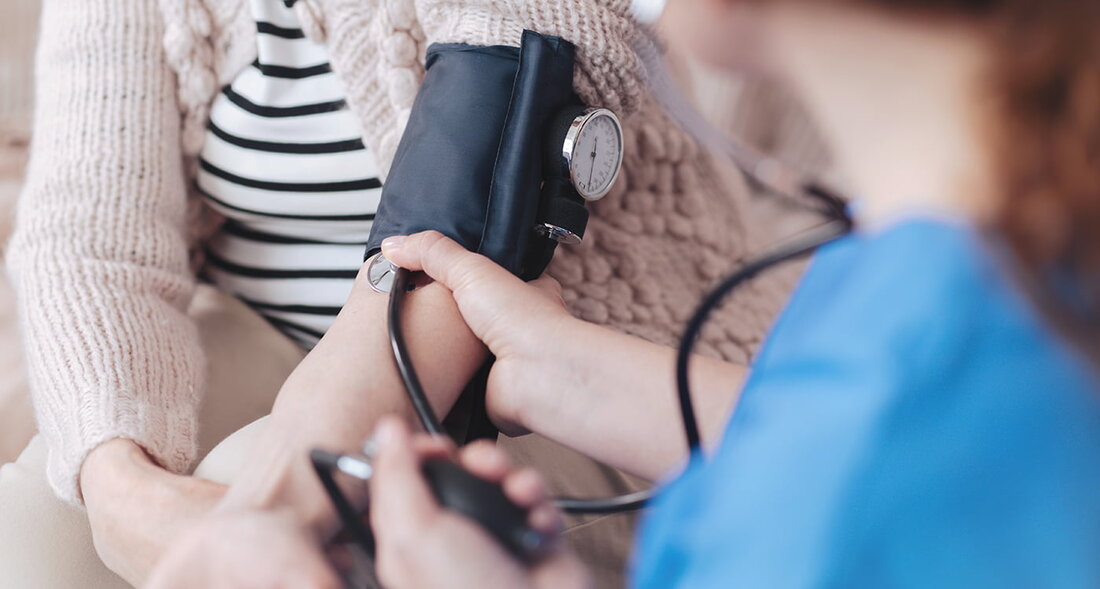Pulmonary Hypertension - Ayurvedic Herbal Treatment
Pulmonary hypertension is a condition in which pressure in the pulmonary circulation, primarily in the pulmonary arteries, is increased. This condition can be either primary (idiopathic), which is not caused by a disease or condition, or secondary, which is due to another underlying cause, such as: B. left-sided heart disease, chronic lung disease, pulmonary embolism and autoimmune diseases. The idiopathic or primary type of this disease often affects young people and is unusually aggressive and often fatal. Common symptoms include shortness of breath, cough, fatigue, chest pain, and symptoms of right or left ventricular failure. Ayurvedic treatment of pulmonary hypertension aims to...

Pulmonary Hypertension - Ayurvedic Herbal Treatment
Pulmonary hypertension is a condition in which pressure in the pulmonary circulation, primarily in the pulmonary arteries, is increased. This condition can be either primary (idiopathic), which is not caused by a disease or condition, or secondary, which is due to another underlying cause, such as: B. left-sided heart disease, chronic lung disease, pulmonary embolism and autoimmune diseases. The idiopathic or primary type of this disease often affects young people and is unusually aggressive and often fatal. Common symptoms include shortness of breath, cough, fatigue, chest pain, and symptoms of right or left ventricular failure.
Ayurvedic treatment of pulmonary hypertension is aimed at treating the suspected pathology of the idiopathic variety or the known cause of the secondary type of this disease. Left-sided heart failure can be treated with drugs like Arjunarishta, Dashmoolarishta, Laxmi-Vilas-Ras, Shrung-Bhasma, Maha-Laxmi-Vilas-Ras, Punarnavadi-Qadha, Panch-Tikta-Ghrut-Guggulu, Punarnavadi-Guggulu, Gomutra-Haritaki, Drakshasav, Arjun (Terminalia arjuna), Punarnava (Boerhaavia diffusa), Draksha (Vitis vinifera), Amalaki (Emblica officinalis), Gokshur (Tribulus terrestris), Haritaki (Terminalia chebula), Nimba (Azadirachta indica), Musta rotunda), Kutaj (Holarrhina antidysentrica), Patol (Tricosanthe dioica) and Saariva (Hemidesmus indicus). Chronic lung diseases can be treated with medicines like Ras-Sindur, Malla-Sindur, Sameer-Pannag-Ras, Pippali (Piper longum), Kantakari (Solanum xanthocarpum), Kushtha (Saussurea lappa), Pushkarmool (Inula racemosa) and Vasa (Adhatoda vasaka).
Modern anticoagulation therapy is indicated when recurrent pulmonary embolism is suspected as the cause of this condition. Ayurvedic medicines such as Triphala (three fruits), Trikatu (three pungent herbs), Chavya (Piper retrofractrum), Chitrak (Plumbago zeylanica) and Lashuna (Allium sativum) can be added to modern therapy to prevent recurrent embolism. Autoimmune diseases such as scleroderma and systemic lupus erythematosus must be treated according to the individual presentation of the disease. However, medication must be administered to correct the body's dysfunctional immune system. These medicines include Tulsi (Ocimum sanctum), Bhrungraj (Eclipta alba), Ashwagandha (Withania somnifera), Shatavari (Asparagus racemosus), Bala (Sida cordifolia), Naagbala (Grewia hirsuta), Suvarna-Bhasma, Abhrak-Bhasma and Suvar -Vasant.
The primary or idiopathic type is thought to be caused by narrowing of the pulmonary arteries or biochemical changes in arterial smooth muscle cells due to a familial genetic abnormality. This condition can be treated with medications that act on the artery walls and reduce the narrowing or obstruction. These medicines include Kutki (Picrorrhiza kurroa), Patol, Saariva, Patha (Cissampelos pareira), Musta, Kutaj, Amalaki, Haritaki, Nimba, Kuchla (Strychnos nuxvomica) and Behada (Terminalia bellerica). Medicines like Tapyadi-Loh, Ekang-Veer-Ras, Trayodashang-Guggulu and Bruhat-Vat-Chintamani can also be used for this purpose.
The prognosis of pulmonary hypertension usually depends on the severity of the underlying cause. Early diagnosis and initiation of treatment is important to improve the overall prognosis. Ayurvedic medications can be administered as an adjunct therapy to modern medications to improve quality of life and long-term survival.
Inspired by Abdulmubeen Mundewadi

 Suche
Suche
 Mein Konto
Mein Konto
